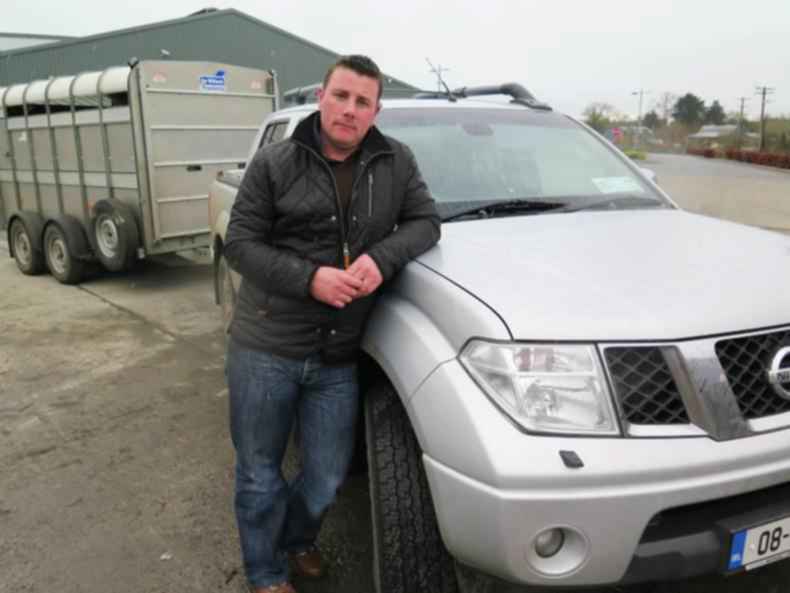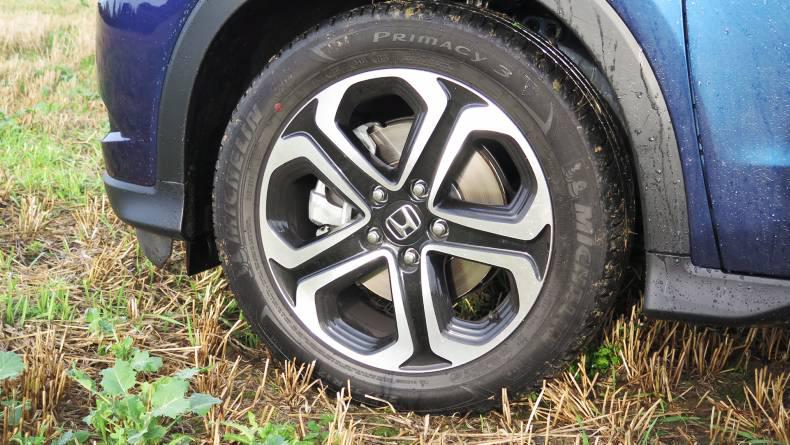4x4s of one make or another are popular on farms all over the country. We often refer to them as jeeps, which was of course the original 4x4 as used by the US in World War II. So, regardless of brand or where in the world it comes from, it’s still a jeep in Ireland.
The most popular 4x4s used by Irish farmers tend to be of Japanese origin. Their reputation for reliability and longevity is often reflected in the prices commanded for secondhand vehicles.
The diverse farming types and sizes across the country mean that there is a very healthy appetite for used 4x4s of all ages. And top of the secondhand 4x4 sought-after list are Japanese 4x4s. Toyota’s Land Cruiser and Hilux are particularly popular but there is good value for money to be found in many other brands too.
By their nature, 4x4s are tough vehicles generally designed for terrain where roads are few and garages even fewer. So providing they are not bouncing across Africa (or on the roads of Wexford), they should have a very long and relatively trouble-free life in an Irish farm setting.
If you are in the market for a secondhand 4x4 there are two routes you can take. One is to buy privately and the other is to buy from a garage. It is likely you’ll get a better price privately but you can generally get more for your money through a garage/motor trader, such as a service or tyres. Plus peace of mind through garage warranty if something expensive does go wrong.
Regardless of vehicle age or buyer’s mechanical ability, there are a number of features that you can check before buying. There are a number of checks you can do online, including the vehicle’s service history or if it has been crashed/written off. A service booklet should be with the vehicle and should indicate where and when it has been serviced.
Don’t be afraid to ring the main dealer or garage where it has been serviced. They are generally very helpful and can check the service history and mileage for you. If the vehicle has been imported from the UK, that is a little more difficult, but the same applies and UK dealers are equally helpful.
If you’re happy with the history then have a thorough look around the vehicle. Check for evidence of damage/crash by looking for signs of overspray, particularly on lights front and rear. Check all the door and bonnet gaps. They should be uniform.
Does the bonnet release and re-latch OK? Do all the doors operate OK? And always ask has it been crashed or damaged in any way because the seller might not necessarily volunteer that information if not asked.
Make sure you bring a flashlight with you when you go to inspect a prospective purchase. Pop the bonnet while it is cold and check all the fluid levels; engine oil and coolant, power steering and brake/clutch fluid. All should be up to the mark.
Low coolant, clutch or power steering oil levels generally indicate a leak somewhere, potentially expensive, that needs attention. Brake fluid closer to the low mark would indicate there are brake pads that are coming close to replacing or a leak. Aside from a significant leak, low engine oil is usually caused by the engine consuming it. Not a good sign.
Some garages or those servicing their own vehicles will put the service sticker in the engine bay or use a Tippex pen or marker to write the service details on a flat surface. Do they tally with the recommended service intervals? Take a picture with your phone to check later. Also, has the vehicle a timing belt and is it due or was it done as scheduled?
A cold start tells a lot about a vehicle, so try to arrange for it to not have been started the day you visit it. If it is sluggish on turning over then the battery, starter or charging system may not be right. There may be an issue with the engine or its fuel system.
Does it splutter badly or produce a lot of blue or black smoke on start-up? Again, not a very healthy sign. White smoke, particularly on older vehicles should clear quite quickly as the vehicle warms. If it doesn’t, be wary.
The life of a 4x4 can be a tough one, especially if it has to do a lot of field work or towing. Find a dry patch and using your flashlight have a good root around underneath the vehicle. Leaks will be the easiest of all things to spot.
Check where the prop shafts connect to the axles. Crossing fields of mown grass or swaths of straw often sees these either wrapped around the propshaft and ultimately damaging the pinion shaft seal into either or both axles. Similarly, check for leaks where the propshafts are attached to the gearbox.
Leaking shocks will also fail the DOE test as will a leaking steering unit, or any heavy leak for that matter.
Many manufacturers use a telescopic front propshaft. The sliding element of this shaft, which is on splines, is prone to wear. If badly worn, it will fail the DOE test. The only fix is a replacement shaft which can be pretty expensive.
Rust has become a significant problem on many brands. Two heavy snowfalls in recent times resulted in county councils across the country using salt far more frequently than in the past.
While salt does make our roads safer to drive on, it is extremely harsh on our vehicles.
Regular car bodies fare better in salty conditions than more rugged vehicles with a separate chassis. Those with a chassis, which includes many 4x4s, have so many places where salt residue can sit or accumulate that they are ultimately more vulnerable to corrosion.
This corrosion can be extremely serious, causing structural failures of the chassis, its cross members or fixing points on the chassis for axles, suspension, steering and engine/gearbox. Secondary fixings such as fuel tanks, straps and brake piping are equally as vulnerable. So a thorough inspection is necessary.
Check the front tyres to see if they are worn evenly. If not then chances are that there is something amiss with the suspension or steering. If a 4x4 needs tyres then there is a significant cost involved in replacing them as they can be as much as double the price of those on a standard family saloon car.
A word of caution though. Vehicles with permanent four wheel drive systems cannot tolerate mixing heavily worn and new tyres or uneven tyre pressures. It can cause the vehicle to incorrectly sense that a wheel is slipping and engage the centre differential and lock up the four-wheel-drive system.
On a hard surface, like a road or concrete, this has the potential to cause damage to the vehicle’s four-wheel-drive system or entire driveline. Vehicles that are fitted with a limited slip rear differential, and many 4x4 pick-ups use limited slip differentials, also require the rear pair of tyres to match.
If the vehicle has passed all other tests and inspections then it is time to drive it. Always ensure it is insured for your test drive even if it a short one. A garage should have a policy to cover test drives but a private seller may not.
On the road, it should drive in a straight line without pulling either left or right. It should also brake in a straight line without pulling left or right. A garage selling the vehicle will likely put it right but a private seller may not.
A vehicle that has done a lot of towing work, with a well-worn ball hitch, needs a thorough inspection. First up is the clutch. Selecting too high a gear at standstill should immediately stall the vehicle. If it doesn’t, it can be expensive to replace the clutch and dual mass flywheel.
Find a rough road to drive it on and listen for any noises that shouldn’t be there. If it doesn’t sound right then chances are it is not right. On a smooth road, bring the vehicle up to the speed limit and again listen for noises that shouldn’t be there. If you cannot drive the vehicle yourself, you can still travel with the seller to perform the same checks.
Finally, if you are buying a four-wheel-drive vehicle then the four-wheel-drive needs to work. A greasy or grass surface and a heavy boot are sufficient to test the four-wheel-drive system. With four-wheel-drive engaged and a heavy boot on grass, the vehicle should spin one front wheel and one rear wheel at a minimum.
If the vehicle has a low range in four-wheel-drive, ensure this can be engaged as well but only on grass or a slippery surface. It will be harder to get it to spin wheels in the low range but once four-wheel-drive works in the high range it should be fine in the low range.
Once all aspects of the 4x4 have been checked and tested then you are in a position to do a deal if you want to. But, if your gut tells you there is something wrong with the vehicle, then walk away from it because chances are there is. Another 4x4 will always come along, so be patient.

















SHARING OPTIONS